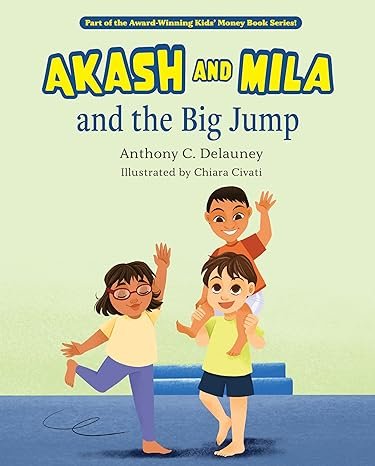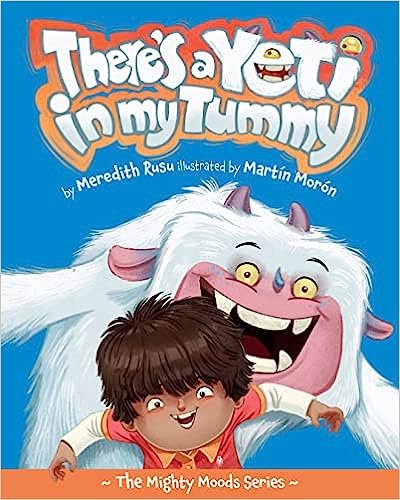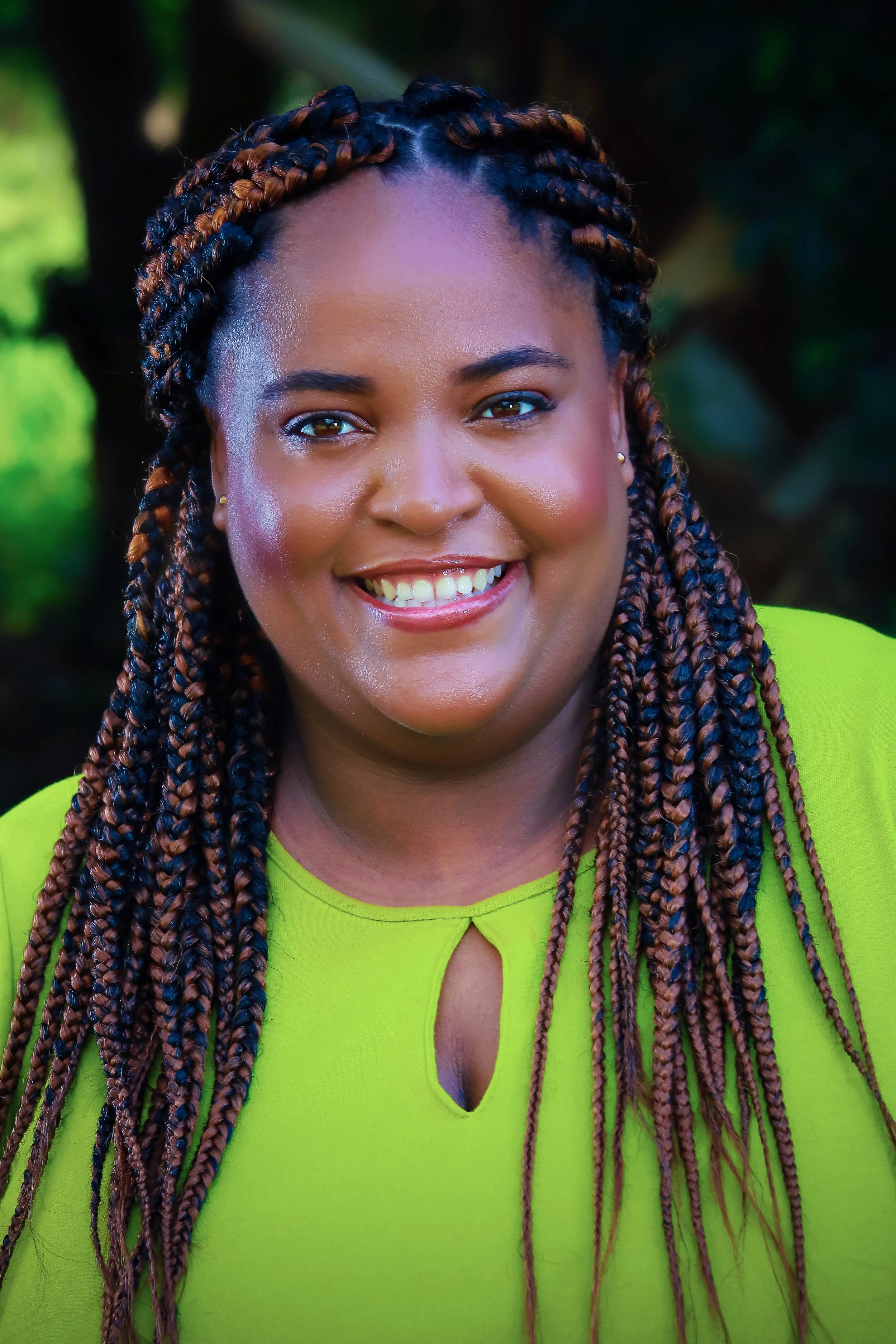Since I was asked to do a guest blog for What About The Book?, and I am touring to introduce my book Overcoming Anxiety I thought I would call this post What About Emotions? In our society, emotions are very much misunderstood, medicalized, and even vilified. I felt that a more thoughtful discussion of emotions might be useful to your readers.
While what I am about to say is a gender stereotype, it is unfortunately largely still true, at least in the USA. Men are not supposed to have feelings, unless we are talking about anger, and even then that is usually seen as a byproduct of alcohol. Women however are expected by men and women alike to have feelings, but their feelings likely account for much of the pay gap between women and men. Both genders seem to agree all too often that feelings are a problem that needs to be medicated, suppressed or at least an object of shame or ridicule. Indeed, in the USA estimates are that 25% of all women are on some kind of psychiatric medication aimed at curtailing either depression or anxiety. Men, of course, do not need to be kept in line nearly so much.
While some of those women do have real psychiatric problems, and hormones may account for a small part of that phenomenon, it seems that women are supposed to check their feelings at the door, and if they don’t, then maybe benzodiazepines or Prozac can help them to appear more indifferent. Feelings get a bad reputation.
Why would we be created or evolve to have so many feelings, if they were just excess baggage? There must be some reason why we have them. I am here to tell you that feelings, when understood and managed well, not only have a purpose, but a vital one, and that learning to make effective use of your feelings should be an important goal for both men and women, and for client whose excessive feelings land with them with a psychiatric diagnosis, then becoming emotionally intelligent is an even more important priority.
There are several purposes of feelings but one of the most important ones is to signal to you that something needs your attention. In the case of anger, the signal is often that someone is hurting you (with their words or actions) and you want them to stop. In the case of some leg pain, the feeling is telling you “do not bend your leg so far, you might damage something.” For the feeling of fear, it is clear enough, you feel you are probably are sensing a threat or danger, whether it be from a tiger or your boss. Anxiety is similar, but I like to consider it more like fear-squared. In fear you know what you have to do (run from the tiger!), but in anxiety there is an added element of uncertainly:
“Is it really a tiger or is it a Rottweiler, but if it’s a Rottweiler what’s it doing in the hallway? And maybe it is dangerous… and my how those teeth are so big, it is not just a tiger it’s a saber-tooth tiger? No that can’t possibly be a dog, oh boy it really is a tiger, bigger than anyone I have ever seen!”
Not knowing usually makes anxiety that much scarier than fear.
One of the things sadness can signal is loss or pending loss, either of someone you cared about or some ideal. Guilt should signal that you have some learning to do so you won’t mess up the next time. Thirst is a signal to drink, and embarrassment says you should be more circumspect and maybe more dignified.
I could go on, but you get the idea. Feelings can be useful signals. So why do we all treat them like leprosy? Feelings get a bad reputation because we don’t typically know how to manage them. When the feelings are ignored but the source of the signal has not been addressed, they often get too big. When they are stoically ignored, or suppressed with medications, then they can become problematic because they are too small. In pain, too big is something like dealing with leg pain by going to bed for a couple weeks, making everyone including yourself miserable, even though it is only a sprain. Too small would be ignoring the pain because you are stoic (or taking so many pain meds), so that you don’t listen to the warning and then really damage your leg.
Let’s say a husband and wife are out for dinner, and while waiting in line a drunk stumbles up and wants to paw the lady. Both the woman and the man should be angry. Too small a reaction would be if the man would say, “let’s just ignore him, he is just a drunk” and too large would be when the husband gets arrested and the drunk stays behind. When deployed correctly anger gets the job done often by saying “no” and/or putting up a boundary.
How about with anxiety? Let’s use a metaphor of a stop light. Green is go “have fun,” red is “stop” (like anger), and yellow is caution, like anxiety. When you see a yellow light you are supposed to heed the signal and that means either stepping on the brakes or the gas. If you didn’t see the yellow light (the bulb was out, or maybe the sun blinded you) then you might end up in the middle of the intersection with a semi trying to beat you through from a crossing street. Too small. Too large, to continue the metaphor, would be if the light was incredibly powerful and flashing and emitting a strobe effect. You would probably be so startled and confused that you might forget to react to the signal and, not stepping on either the brakes or the gas, you and the semi could do a little tangle tango.
If you followed me so far, you probably can see where I am going. In many cases we need to have a Goldilocks size of feelings (not too big, not too small, just the right size, and not too hot, not too cold). We need some of the fuel of the feeling so we can address the problem, but not so much that we get flooded and lose sight of what is bothering us. We typically are anxious about getting anxious, or mad that they made us mad, and never really address what starts the feeling in the first place.
At this point in this discussion my clients often ask, “Yeah that’s all well and good but how in the heck do you do that? I don’t know how to make the feeling get smaller (or larger)?” Actually, you do, you just never honed it as a skill. Psychologists teach any of a number of grounding techniques that will help with just that. There are a few in my book Overcoming Anxiety, and getting good at them can help you adjust the size (up or down) of your feelings so that you can manage them. But long before you ever met a psychologist, you probably developed a makeshift solution or two, you just never thought to use them, or develop them as a skill. For example, if you were an anxious child, you probably began to wring your hands or tap your feet, whenever you were out of your league. Little did you know that you were not just having a nervous habit, but you actually had stumbled upon a way (however inexpert your efforts may have been) to activate the part of your nervous system that helps you relax.
There is not time to go into where and why warming your hands of feet helps, but that is the kind of habit that you can develop into a much more effective grounding technique, one that you already knew but did not understand or make good use of, in your stress reactions. The good thing about using grounding techniques to manage your feelings, is that they do not cost anything, do not require a prescription and are always handy, once you get good at them.
Thanks for the opportunity to explore one small aspect of feelings, and how to harness them. In Overcoming Anxiety I am focused obviously on anxious feelings and the tools needed to manage that feeling. But this kind of technology is especially applicable to anger and many other feelings that can either feel too big or too small.
About David Berndt, PhD
David J. Berndt, Ph.D. was an Associate Clinical Professor of Psychiatry at the University of Chicago where he published or presented over 80 papers and articles before establishing a private practice. Dr. Berndt currently lives in Charleston, S.C. where he also teaches in an adjunct capacity at the College of Charleston. He is best known for his psychological tests The Multiscore Depression Inventory, and the Multiscore Depression Inventory for Children, both from Western Psychological Services.
You can connect with David via website | Facebook | Twitter
About Overcoming Anxiety























































